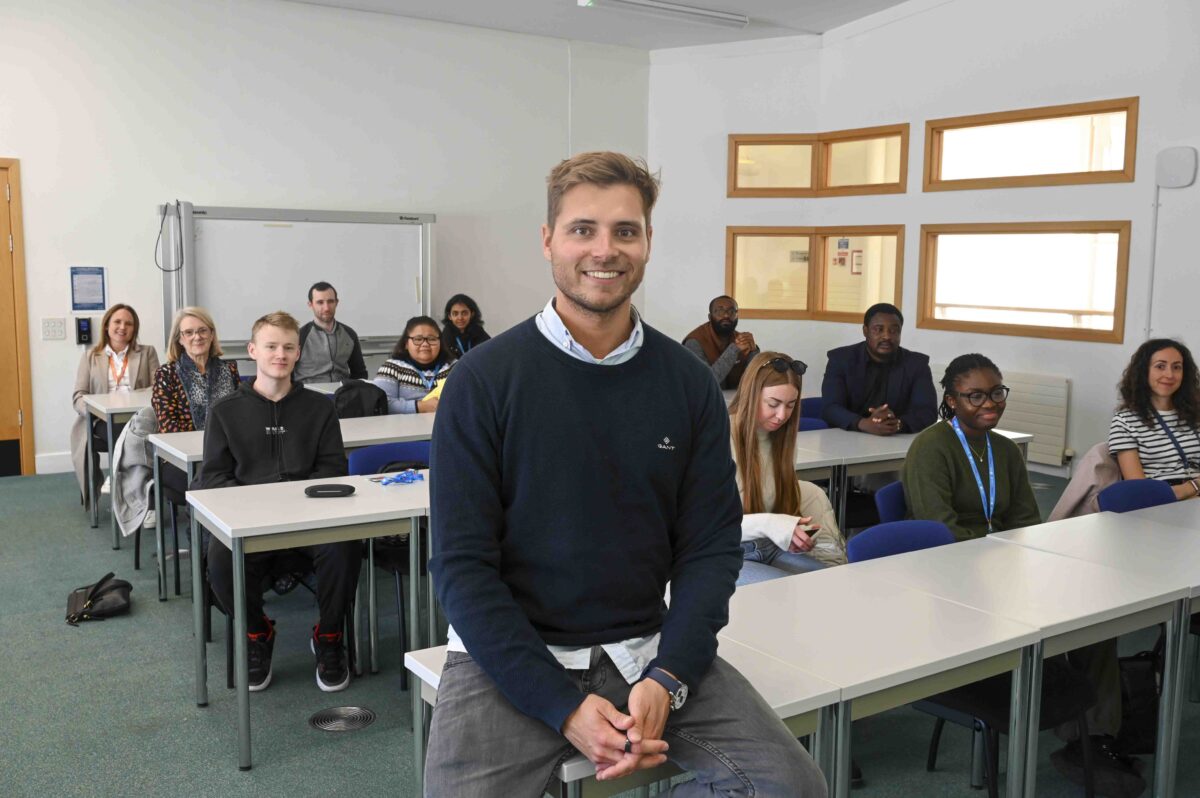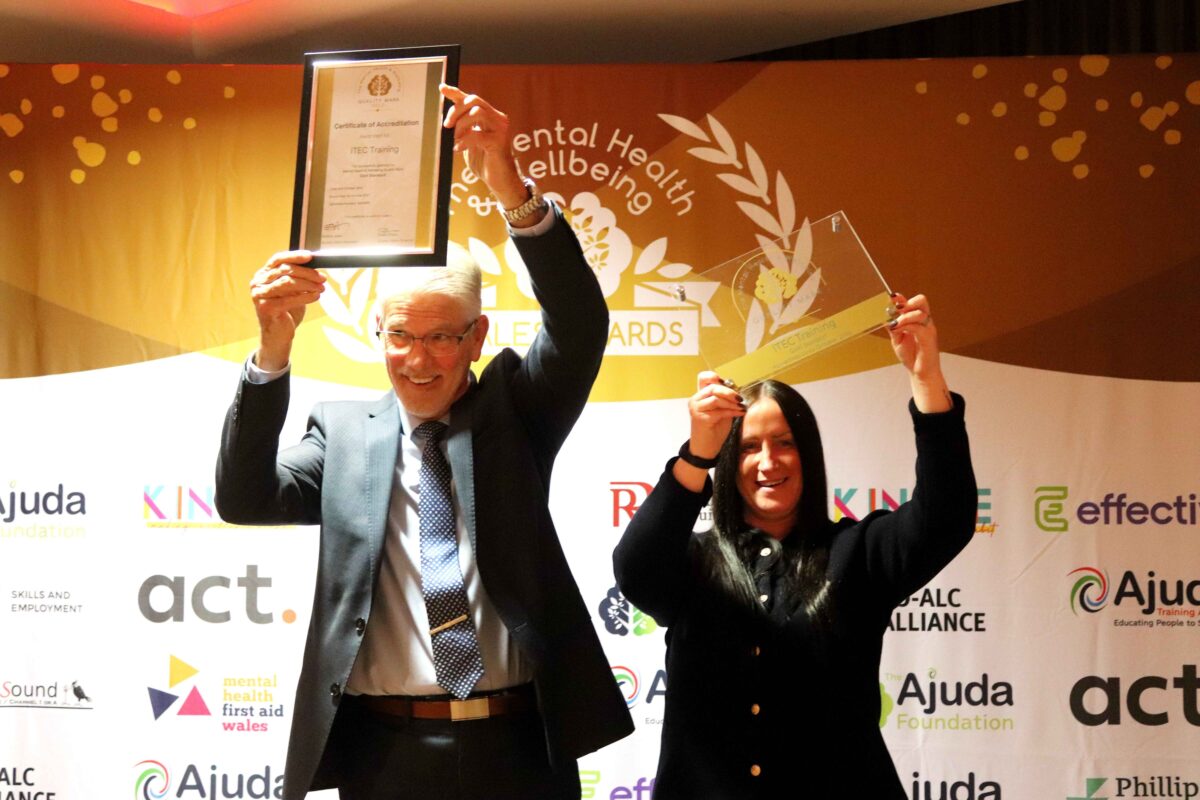NEW REPORT ON THE LAST 20 YEARS OF HE POLICY

Despite some huge changes, the last 20 years of higher education policy have left some big questions unresolved
To mark its 20th anniversary, the Higher Education Policy Institute is publishing a major collection of contributions by leading figures in higher education.
UK higher education – policy, practice and debate during HEPI’s first 20 years (HEPI Report 161) has been edited by Dr Helen Carasso of the University of Oxford. It is sponsored by the publisher Elsevier, a long-standing HEPI Partner.
The report will be launched at a reception in Methodist Central Hall Westminster, where the speakers will include the Rt Hon. Lord Willetts (Minister for Universities and Science, 2010-14) and the Rt Hon. Dame Margaret Hodge MP (Minister for Universities, 2001-03).
With over half a millennium of experience of higher education between them, the various authors featuring in the new collection consider how the practical business of policymaking has led to changes in higher education across the UK while leaving some important issues unresolved.
In the Preface to the report, Professor Dame Sally Mapstone FRSE, Chair of HEPI, writes:
‘As the following chapters show, not much has stayed the same throughout the period in question. … in other respects, however, the higher education scene two decades ago was closer to the situation now. In both 2002/03 and 2022/23, there was rising demand for higher education, university-based research was delivering enormous benefits to students, employers and communities and UK universities were performing well in international comparisons.
‘The challenge now is how to build on the strengths of all parts of the UK higher education sector when institutions are faced by sharp financial constraints, increased regulatory burdens and political upheaval. This is not an easy task and will call on the full ingenuity of the higher education sector and others. Yet it is too important a challenge to duck and we hope the lessons from the past contained in these diverse contributions will particularly help policymakers, which is – after all – HEPI’s core goal.’
In the Foreword, Bahram Bekhradnia, HEPI’s Founder, writes:
‘There have been changes, and many of them have not been for the better, but all that is grist to our mill, and I am pleased – perhaps even a little surprised – that HEPI will soon have achieved its 21st year. Have we succeeded in our aim of ensuring that policy discussions and decisions are better informed by evidence? Difficult to tell, but I like to hope so. What is encouraging is the evidence that we have maintained confidence in what we do, and that we are a valuable resource worth nurturing. …
‘I am delighted that so distinguished a group of higher education’s most knowledgeable and experienced experts have agreed to contribute these essays to help us celebrate.’
In his chapter on higher education policymaking, Professor Roger Brown writes:
‘It may seem difficult to believe now that, only 30 years ago, there was limited interest in the working and funding of the nation’s universities or in the opportunities they offer to their students. By the start of the twenty-first century though, that had changed and there was a role for a specialist higher education think tank. …
‘[T]here was a need for a dedicated policy think tank that would sit between – but be independent of – the Government and the sector, and which would study and comment on precisely those issues that were important for policy but which had been under, or poorly, researched either by the sector or by those outside it.’
In their chapter on change in higher education, Dr Helen Carasso and Dr Andrew Plume write:
‘[P]eer-reviewed publications including at least one UK-based author (most of which are based in higher education institutions) have more than doubled since 2002. Yet owing in large part to the rise of Chinese contributors to the English-language literature, the UK’s share of global knowledge production has in fact declined over this period. …
‘The sense of growth in quality over and above the growth in output is reinforced by the UK’s share of the top-cited 10% of world publications rising from 15.8% two decades ago to 17.6% today. …
‘During the last 20 years, the UK has become an increasingly connected player in the global research system. Thus, despite broader political moves to the contrary, these data clearly demonstrate that the UK higher education sector remains a significant member of the international research community and continues to build influential links and collaborations.’
In his chapter on the sector’s relationship with government, Professor Chris Millward writes:
‘The demand-led expansion of English higher education has been characterised by consolidation and concentration around full-time full-degree studies. This contrasts with the 2003 plan for mission differentiation, through which universities would move out to communities and employers across the country, rather than bringing students to their own campuses.The proportion of students entering part-time and above the age of 21 reduced from 34% to 12% between 2008/09 and 2019/20, and the proportion entering part-time for a qualification below a full degree from 23% to 4%. …
‘In 2023, our system is too large, plural and public to be planned by vice-chancellors or controlled by regulation. We can, though, work towards a better relationship between the government and higher education, more joined-up engagement across institutions’ education, research and civic missions and ultimately more common goals.’
In their chapter on HE in FE, Dr Andrea Laczik and Dr Josh Patel write:
‘There is increasingly constructive discussion about the need to develop a holistic, agile and embedded tertiary system in each of the devolved nations, founded on a shared agreement that higher skills are the key to economic growth and international competitiveness. The principles that support the further development of such a collaborative system are the same for each place: for example, clear roles and responsibilities of stakeholders; collaboration rather than competition; and taking a systematic approach to plan tertiary education and skills provision. However, the extent to which these have been achieved by each nation differs starkly.
‘Today, the four parts of the UK all demonstrate slow but considerable progress in achieving their own distinct “tertiary visions”. The specificities of approaches of the devolved nations, with their many common grounds, offer an expansive platform for learning in the UK’s policy laboratory that can support further progress of the individual nations.’
In his chapter on university governance, Professor Michael Shattock writes:
‘Increasingly, the marketisation process has brought the day-to-day practice of institutional governance of pre- and post-1992 universities together: governing bodies operate less as a critical friend and much more as monitors of institutional performance, occasionally crossing the line between governance and management; boards have become smaller and the proportion of lay to academic members has significantly increased; vice-chancellors are viewed less as academic leaders and more as chief executives; and senates have been overtaken by weekly meetings of vice-chancellors’ executive committees, essentially senior management teams, which report directly through the vice-chancellor to the governing body.’
In his chapter on funding undergraduate higher education, Dr Mark Corver writes:
‘Since HEPI began its work 20 years ago, it has examined many important changes and challenges. Perhaps the most consequential of these is the simplest: how to pay for the high costs of good quality undergraduate study for the growing numbers of young UK students who aspire to go to university. …
‘However, in 2023 the fee and uncapped numbers system is in crisis. Underlying this has been an increase in tension between politicians and universities. Although this has many manifestations, the cause is disquiet over university funding. Crudely, universities are seen as taking money for teaching upfront, leaving the risk for poor outcomes with government and taxpayers. …
‘With the existing system now deep in crisis, policymakers might well find a rapid and bold resetting of the system is worth the risk.’
In her chapter on policy divergence in student funding, Professor Claire Callender writes:
‘Over the part 20 years, since HEPI’s launch, the pattern, scale and sources of higher education institutions’ funding has been reshaped radically across the UK jurisdictions. Differences in the headline student funding policies have become more marked. These could not have been formulated and effected without the political, economic and ideological shifts that drove and shaped the introduction of income-contingent loans and tuition fees. But there are trade-offs. Scotland stands out for its free tuition for Scottish students. But this is at the cost of grant aid for low-income students, a regressive loan system whereby the poorest students graduate with the largest debts, and the lowest unit-of-resource for full-time degrees in the UK as well as a cap on the number of Scottish-domiciled students. Wales’s student maintenance package is the most generous in the UK, with higher headline figures and a mixture of grants and loans but loan debt has increased for all students, including the poorest – especially since 2018. Northern Ireland has the lowest tuition fees but the second lowest unit-of-resource after Scotland. England has the highest tuition fees, no grant aid, a regressive loan system but the highest unit-of-resource in the UK.’
In their chapter on students and learning, Dr Alex Bols and Dr Graeme Wise write:
‘The last twenty years have been a time of disruption and divergence. In 2003, political devolution within the UK was still in its infancy, but at that time approaches to student-related issues began to diverge significantly in terms of sector structures, student funding and initiatives used to drive change. This divergence has become much stronger over the years since, so much so that it is hardly possible to speak of a “UK system” in higher education, at least in relation to learning and teaching.…
‘The years ahead will involve considerable pressure on the higher education sector to meet rapidly increasing demand while maintaining quality and making progress on equality and diversity. This will be an increasingly tough landscape. Already student numbers have grown in many institutions so much that study space and learning resources are under huge pressure. In some places, student accommodation is full beyond bursting, with insecurity, the rush for rooms and rising rents adding to a wellbeing crisis.’
In his chapter on changes to the research system, Professor David Sweeney writes:
‘As regards the research system and universities, one key question is whether the future lies in further incremental change (“revolution through evolution”) or whether the amount of incremental change has stretched the system so much that a reset is required. The most critical current issue appears to be the balance between university investment, often made possible by cross-subsidies from income such as international student fees and external investment (whether from government, private funders or charities). Meanwhile, the issue of whether existing research culture issues require significant reform (including the precarity of research careers, the principal investigator / research team relationship, whether research is significantly informed by diverse perspectives and engagement) leading also to increased costs, remains. Both of these matters are subject of fairly charged debate and HEPI will be a platform for the debate and discussion to take place over the next 20 years.’
In her chapter on higher education staff, Professor Celia Whitchurch writes:
‘The HESA [Higher Education Statistics Agency] data suggest a fraying at the edges of the concept of a unified academic or professional cadre, with a common experience of linear careers and assumptions about achieving certain career goals within certain timescales. However, the qualitative data from the CGHE [Centre for Global Higher Education] study also suggests that, on the one hand, some individuals are increasingly strategic in following a pre-defined pathway, focusing on activities that they believe will bring them credit for career advancement. On the other hand, others – because of circumstances, their backgrounds or specific interests – may take a more bespoke, but less direct career route. In both cases, building a distinguishing self-profile or “brand”, often via online media, has been seen as helpful in achieving recognition, particularly by younger staff. In turn, hierarchical line management relationships tend to be regarded as less significant in day-to-day working than lateral networks, including formal and informal mentors. A combination of statistical and qualitative data, therefore, tell a story of an increasingly mixed economy in relation to patterns of academic and professional staff, their activities and their career progress.’
In his chapter on ‘Buildings, money and the civic university’, Professor William Whyte writes:
‘In England, annual expenditure on capital projects rose to an estimated £4.6 billion in the financial year 2021/22. Not entirely coincidentally, the percentage of providers with an in-year deficit rose from 5% in 2016 to 32% five years later. …
‘Financialisation seems at first sight to sit uneasily with civic idealism. …
‘But it is also obviously true that this massive inflow of private finance has made universities more important for their local communities. Underwritten by bonds or developed in partnership with the private sector, student accommodation has grown in scale and in significance. With over 30,000 new units added annually to the university estate, by 2020 there were as many as 650,000 purpose-built student bedrooms in Britain, more than half of them provided by property companies. Coupled with massive investment in academic facilities, the impact of this expansion on towns and cities is hard to deny.’
In her chapter on geopolitics and UK higher education, Professor Ellen Hazelkorn writes:
‘Geopolitical tensions are challenging trade, technology and supply chains across the world. Demographic shifts, migration, climate change and the changing world of work are undermining the social contract and trust at a global and national level. Many of the values which have been core to higher education over the centuries are being questioned. The UK has a tremendous contribution to make to help in solving many of the world’s societal challenges. Unfortunately, at a time when adherence to the principles of internationalisation, collaboration and scientific exchange is so badly needed, the UK appears to have decided to exit the world stage.’
In his chapter on the next 20 years, Dr Jonathan Grant writes:
‘[I]f the Labour Party manage to form a government after the next election, then I suspect they will commission (yet another) review, partly as a tactic to kick higher education into the long grass. If I were advising party leader Keir Starmer this is what I would do as, basically, he will be facing more pressing priorities. If the Conservatives form the government there is nothing to suggest a change from the current approach, except perhaps a gentle shift away from the cultural wars to something more technocratic.
‘There are many good reasons to be cynical about “another review” but in the vein of optimism, let us see that as a launch-pad for a new or re-discovered social purpose for higher education. Taking another leaf out of the Australian policy book, perhaps this will result in an “accord”, or new social contract, between universities and society mediated through local and national government.’
In his Afterword, HEPI Director Nick Hillman writes:
‘As we approach the sixth general election since HEPI’s foundation and notwithstanding the fact that HEPI is a think tank rather than a lobby group, it is worth noting that the evidence HEPI has marshalled over the years suggests all political parties would be wise to adopt policies that recognise the potential of higher education institutions to contribute to the greater good. It is hard, perhaps nigh on impossible, to achieve the priorities of all the major political parties – goals like quicker economic growth, fewer skills gaps and a stronger society – without universities playing a major part in terms of education, research and civic engagement.’











Responses